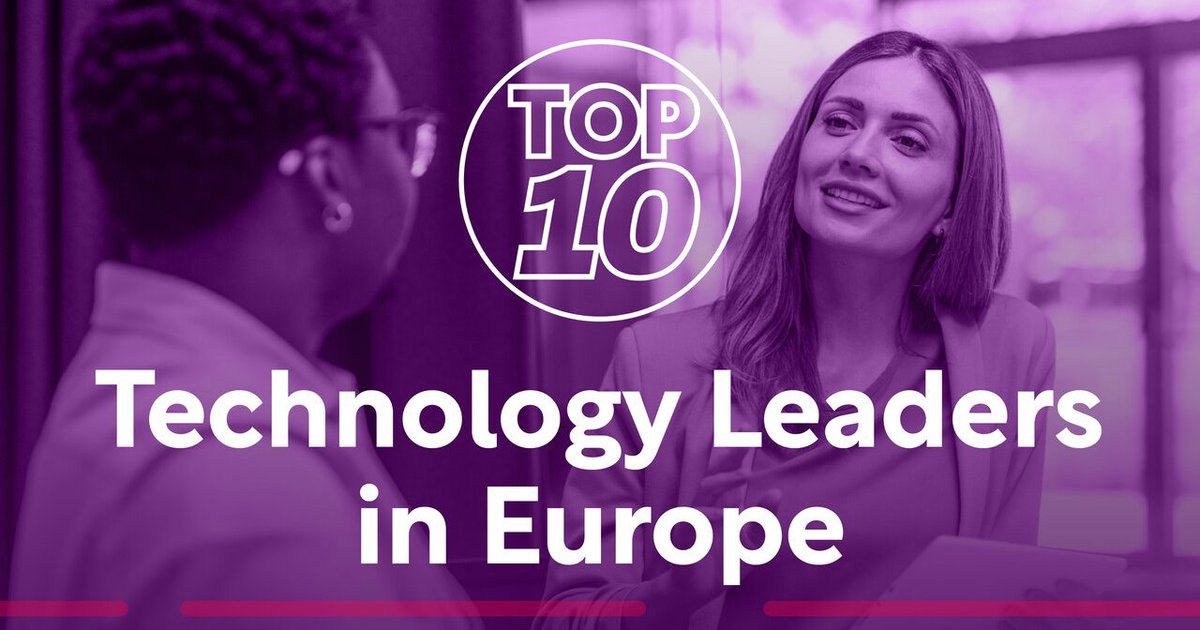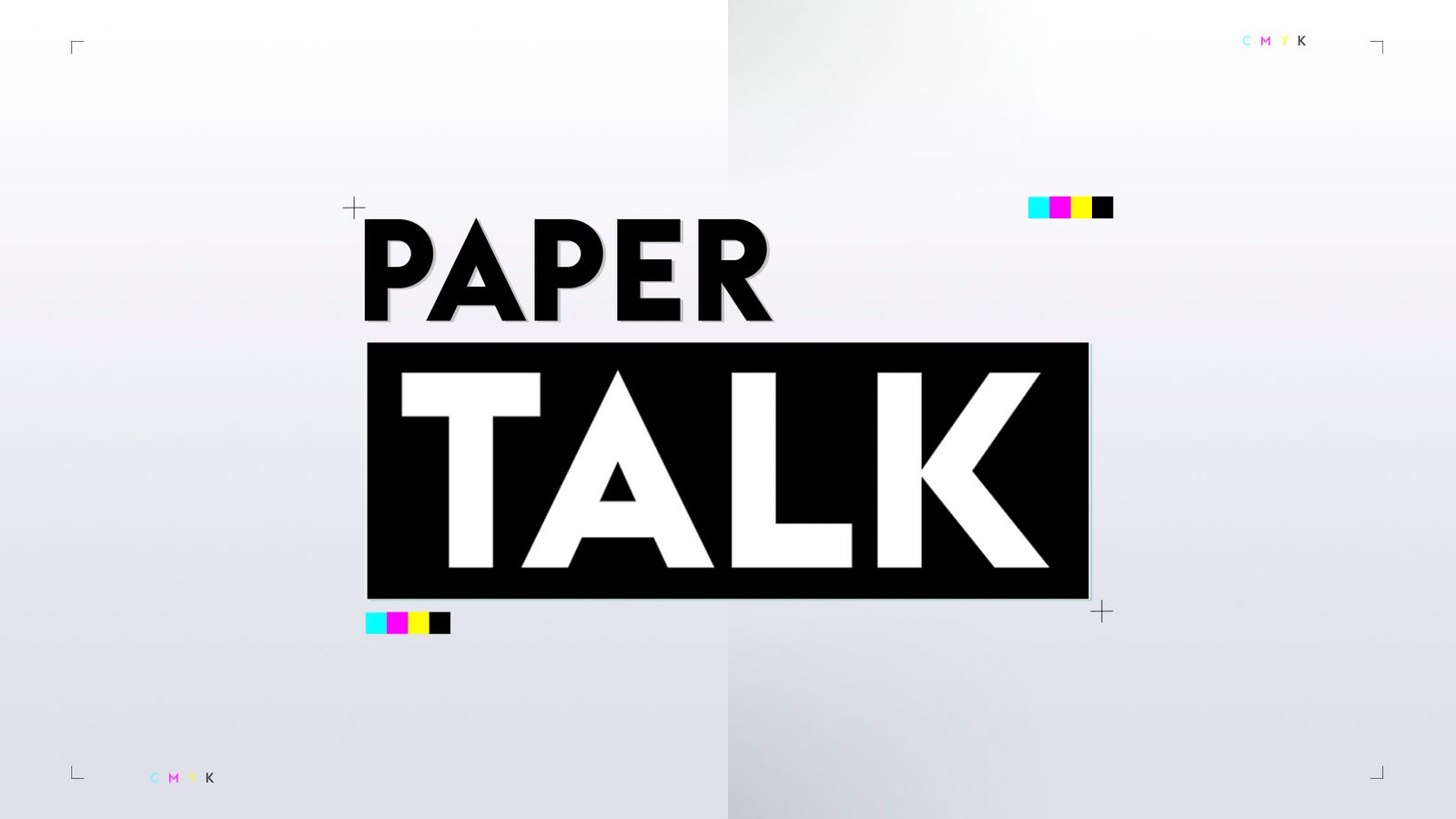As continental Europe’s largest technology company by market capitalisation (and third largest overall behind Novo Nordisk (NYSE:NVO) and LVMH), ASML’s results are always the subject of attention.
The Dutch group provides the nuts-and-bolts machinery used by TSMC, Samsung, Intel and others to manufacture the microchips that go into just about every data centre, computer and smartphone in the world.
Specifically, ASML is known for producing photolithography machines, which are crucial for the chipmaking process, putting it squarely at the cross-section of the semiconductor and artificial intelligence hardware sectors.
No other company in the world competes with ASML at the cutting edge of this highly specialised layer of the chipmaking process, meaning ASML maintains an effective global monopoly.
Yet with the semiconductor sector on the cyclical bounce and AI chip demand soaring, ASML saw a 30% year-on-year decline in unit sales in the first quarter.
It sold precisely 70 units in the quarter against 100 last year. The monetary value of net bookings totalled €3.6 billion- a less concerning 4% yearly decline, but far below the €5-€7 billion anticipated by the market.
This means that in the next three quarters, ASML’s bookings will need to be slightly over €4 billion each quarter for it to meet the midpoint of its 2025 net sales target.
This is “likely achievable”, said UBS analysts, though evidence of further sales of its top-of-the-range extreme ultraviolet (EUV) lithography machines “will be key” to achieving this.
EUV intake was “only” €656 million, Stifel analysts pointed out, and substantially below the peak fourth-quarter level of €5.6 billion.
EUV orders are always volatile, Stifel noted, “but still the low EUV number should raise questions” among shareholders.
ASML may be experiencing peak demand for the current generation of EUVs; there are only so many needed by the few chipmakers that comprise the group’s client portfolio and while on-site maintenance and field option sales contribute to revenues, core system sales are the bread and butter.
According to the boffins at Business Breakdowns, the next generation of EUVs are tipped for 2027-2028. In the meantime, ASML is “investing very hard at the moment to expand capacity”.
As a supplier to other big players in the chipmaking process, ASML is less beholden to end-user demand, meaning its cyclicality is less aligned with a firm like Nvidia or TSMC.
This can be a good thing when user demand starts to lag, but also means ASML doesn’t always reap the benefits of a cyclical uptick in demand.
But while the Dutch tech giant could see some near-term demand slowness, its monopoly on the market stands it in good stead over the long term.
Still, the market appeared spooked by the miss on net bookings in the first quarter, sending shares 4% lower to €877 per share.
UBS remains positive on the stock with a buy rating and €1,050 price target, while Stifel sees it as a hold with a €700 price target.













